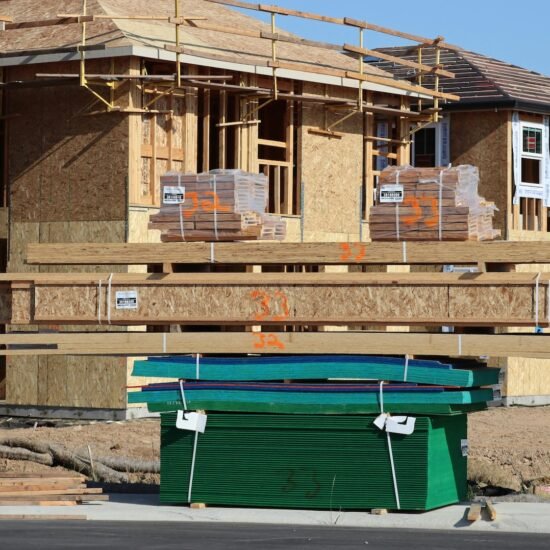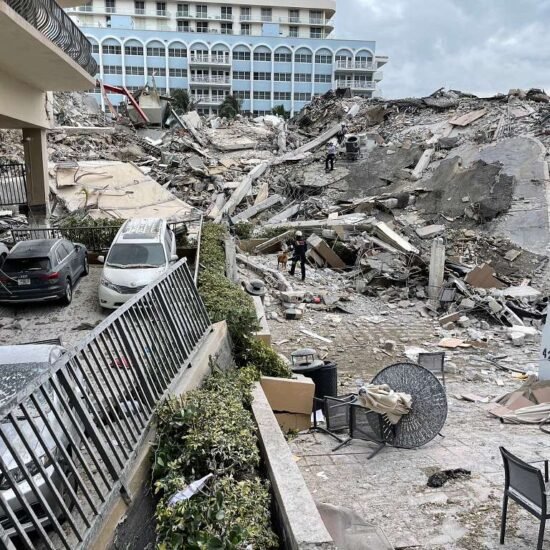
The Impact of High-Density Residential Development on Property Taxes
HOA Detective™ | June 13, 2025: Yet another reason why high-density condominium developments are rapidly replacing more traditional forms of residential housing is the impact on the ad valorum property tax rolls. In the world of urban redevelopment, the humble tax assessor is one of the greatest beneficiaries of change. Cities across the country have quietly discovered that the path to revitalization – and ever-expanding municipal revenue streams – runs through high-density residential development.
What was once an underwhelming block of aging warehouses or a tired 1960s strip mall can, through the alchemy of modern zoning, urban renewal, and new housing development, become a vertical gold mine.
A Real-World Scenario: Imagine a tired commercial block in a mid-sized American city, assessed at $2 million and producing ~$36,000 in annual property taxes. The tenants are few, the traffic is light, and the city services required to maintain the area – basic street upkeep, a few police patrols, and sporadic code enforcement – may be minimal, but they’re real costs that don’t scale in terms of service demands vs. tax revenues. In other words, this situation is not a net-positive proposition for the city or county bottom line.
Fast Forward Five Years: Under a modern urban renewal plan – with its enticing developer subsidies – that same parcel is being transformed with more frequency into a 25-story condominium tower with 200-plus individually owned units, each selling for ~$400K on the low end and $1M or more on the high end of the range. The total ad valorum property value can easily jump exponentially from $2M pre-development to between $100M and $120M. Assuming an average effective ad valorum property tax rate of 1.8%, the local tax assessor is now collecting upwards of $2.2M annually from that same block – more than 60 times the previous revenue.
The Gift That Keeps Giving: Multiply that scenario by the 20 or 50 (or more) new condominium developments and it becomes clear why city planners and tax offices champion urban infill and vertical residential development. They’ve discovered a compounding mechanism of taxation that continues paying dividends long after the ribbon-cutting ceremony.
And unlike income or sales taxes, property taxes are wonderfully predictable. They come due every year, with valuations reassessed on a dependable schedule, all secured by first position lien rights to the underlying property. This revenue stream is as close to guaranteed as it gets in public finance. Even better, this lottery-style payoff continues for decades!
The Paradox of Urban Renewal: Unfortunately, this urban bonanza has a darker corollary. Even as property tax revenues explode, city services often fail to keep pace. In many cities – Portland, OR being a prime example – police staffing is down, fire response times are up, and public schools are facing chronic underfunding. It’s a paradox: more taxable value than ever before, but fewer visible benefits to the people footing the bill.
Service Districts a Flagrant Foul: In yet another assault on the social contract between government and the citizenry, many inner-city urban development projects give rise to something called a “service district.”This nifty planning trick transfers even more of the municipal burden back onto the taxpayers while lessening the demand on municipalities to provide services within the district.
Granted legal authority to assess every condominium association within their reach these private or quasi-private entities are perhaps the most flagrant example of the breach of the social contract between government and the taxpayers – the topic is so egregious that the HOA Detective™ is planning a separate expose’ – so stay tuned.
When the Model Breaks: With increasing frequency the public agencies that benefit from this financial windfall become addicted to the influx of tax revenue while simultaneously cutting or under-delivering on the services those revenues are meant to fund. Developers get their entitlements, tax collectors get their assessments, while condo buyers get the illusion of a well-supported urban lifestyle. The reality is often an under-policed, overstressed, and underserviced urban core. The lesson not taught in Ivy League urban planning departments is that a shiny new mass-transit system is great until it devolves into a crime-infested, mental ward on wheels.
Further complicating the matter is the insidious efficiency of high-density residential infrastructure. Vertical development concentrates demand within a smaller physical footprint, reducing the cost per resident of utilities, trash collection, road maintenance, and public transportation. In theory, this should free up more city resources per capita.
In practice, those savings are rarely passed back to the neighborhoods that generate them.
When the New Car Smell Fades: In many cities, early 2000s urban renewal developments are experiencing an increasing number of first-generation owners that are beginning to vote with their feet – heading back to the suburbs in search of cleaner streets, safer parks, better schools, and the “luxury” of living in a neighborhood where you don’t have to stumble over someone sleeping on the sidewalk. The turn-of-the-century condo tower is now a 25-year-old, aging structure with a hefty tax bill and an increasingly disillusioned group of HOA stakeholders.
Yes, the tax man cometh – and he’s thrilled with the returns even if the taxpayers aren’t. If city, county, and regional governments continue to prioritize tax revenue over livability, they may find their most lucrative assets slipping through their fingers. The challenge is not only how to build vertically. It’s how to ensure that vertical living remains sustainable, well-supported, and worth the premium it commands.
Because You’re Buying More Than a Home!






